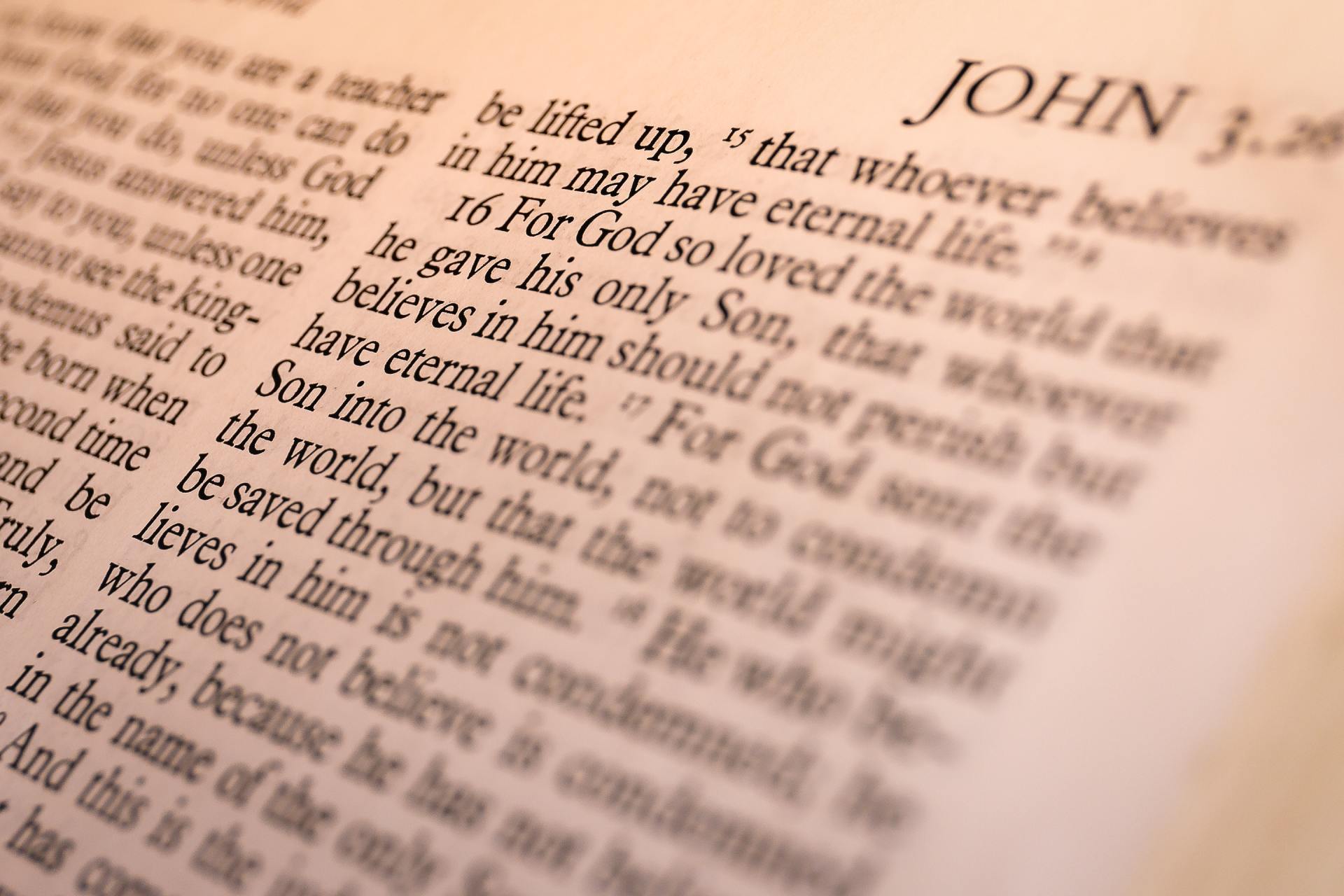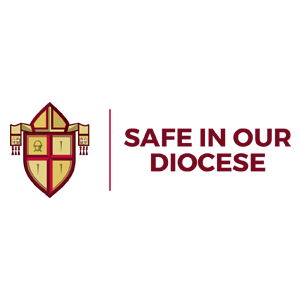Frequently Asked Questions Regarding Possible San Diego Diocese Bankruptcy
The Diocese is considering filing bankruptcy as a way to continue its religious and charitable missions while working toward a fair and equitable way to compensate survivors of abuse and continue the healing process. A bankruptcy will allow the Diocese to minimize the increasing costs of litigation and preserve assets for equitable distribution to abuse survivors. The following are answers to frequently asked questions about the effect of a bankruptcy. Please note, however, that nothing in bankruptcy is certain. Bankruptcy is a transparent process and all assets and potential assets will be examined.
1. There are many types of bankruptcy. What type is the Diocese considering?
The Diocese is considering filing under chapter 11 of the Federal Bankruptcy Code. A chapter 11 bankruptcy is a voluntary bankruptcy used to allow the filer to reorganize its finances and operations and make equitable payments to its creditors while continuing to operate. A chapter 11 will allow the Diocese to determine a framework for addressing and paying abuse claims. While in chapter 11 and during the bankruptcy process, the Diocese will continue its ministry and charitable missions.
2. Will donations to the Annual Catholic Appeal (ACA) be used to fund the Diocesan litigation or settlements with abuse victims?
The ACA seeks donations for specified purposes, specifically Catholic schools, faith formation, Catholic Charities and clergy formation and support. All ACA contributions are maintained in a separate ACA-designated bank account to be used for their designated purposes. These funds will be used only for their specified purposes.
3. Will future donations and contributions to parishes be used to fund the Diocesan litigation or settlement with abuse victims?
Donations and contributions to parishes are to be used for parish purposes. We do not expect donations and contributions to a parish to be used to fund Diocesan litigation or settlement of claims made by abuse victims. Donations allow parishes to continue their ministry and programs.
4. Will retirement funds in the pension plan be affected by the Diocese’s bankruptcy?
The Diocesan pension plans are IRS qualified plans. Such plans are unaffected by a bankruptcy.
5. Are the parish and school funds deposited in CAPS going to be used to fund the Diocesan settlement of abuse claims?
Parish and school CAPS funds are held exclusively for the benefit of each specific parish or school depositor. The funds held in CAPS will not be used to fund the Diocesan settlement of abuse claims.
6. Is insurance available to help pay the litigation expenses and claims of abuse survivors?
There is coverage available that will be used to contribute to payment of litigation expenses and abuse claims.
7. After a bankruptcy is filed, will parishes and schools continue business as usual, including building, capital campaigns, etc.?
Parishes are separately incorporated and are not filing bankruptcy. If the Diocese files bankruptcy, the parishes and schools will continue business as usual.
8. How will a bankruptcy by the Diocese affect school tuition and activities?
We do not expect bankruptcy to effect school tuition and activities.
9. Will parish and school property be sold to settle abuse claims?
We are confident this will not occur.
10. Will parishes have to contribute money to the Diocese’s bankruptcy?
Parishes will likely contribute money in order to receive a release and protection from abuse claims.
11. How much money will the parishes have to contribute to receive protection from abuse claims?
The amounts will vary and are unknown at this time.






